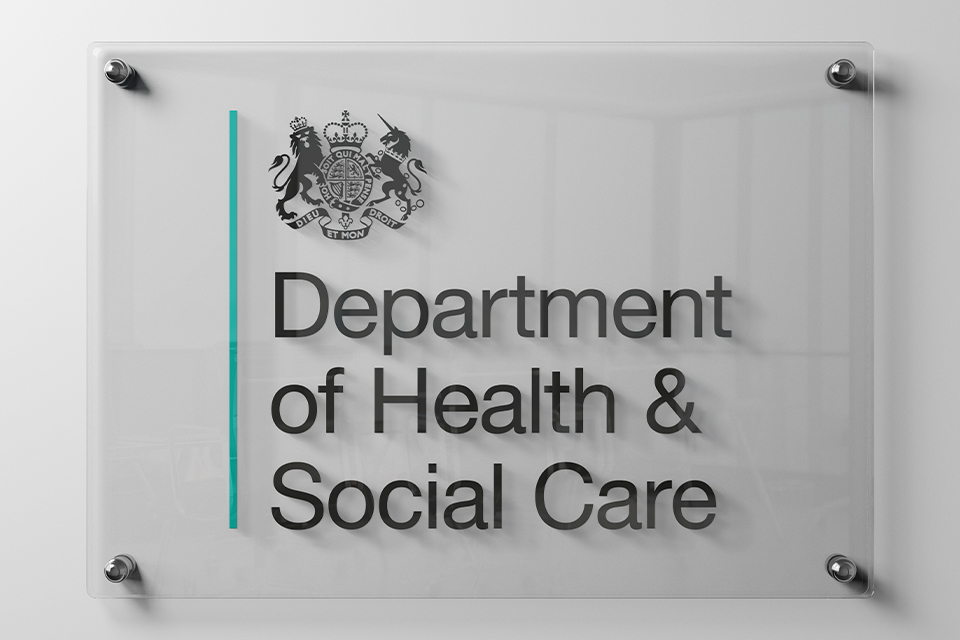Industry body’s public services programme leader discusses the ‘cultural barriers’ keeping SMEs out of the government IT landscape
The key to the success – or otherwise – of the government’s digital transformation agenda lies in the gap between how strategy is conceived in Westminster, and how it is realised across Whitehall departments, local councils, and providers of front line public services.
Industry body techUK works with government entities – and the commercial partners who deliver their technology, many of whom are members of the trade association – across the length and breadth of the public sector, from Downing Street through to parish councils.
The organisation has four dedicated public sector programmes: central government; local government; health and social care; and defence. PublicTechnology caught up with techUK’s head of programme for public services, Owen Spottiswoode, to get his thoughts on all aspects of public sector technology, as well as where the government is getting it right – and where it can improve.
PublicTechnology: Broadly speaking, how is central government doing in making good on its digital transformation agenda?
Owen Spottiswoode: It is still a bit of an uneven landscape. If we look at the cultural changes that have taken place over the last five years, there are leaders and laggards. It is about getting the fundamentals right, and we are focusing on standards. The Government Digital Service’s focus seems to be shifting away from the big departments that [they believe] have been through that transformation – although we might quibble a little with that. The focus is shifting to the wider public sector.
How have the priorities of the Cabinet Office and GDS changed since the early days of the coalition government?
In the Mike Bracken and Francis Maude era, there was a disruptor attitude. [The government IT landscape] needed to be broken up, so I think that was a good call at that point in time.
Now, GDS is coming up against [some opposition]; it requires buy-in from the people it is working with and it struggles to get that sometimes. I get the impression that [current GDS head] Kevin [Cunnington] has been brought in to be a bit more conciliatory and a bit less of a disruptor – which is sensible.
Related content
- Analysis: HMRC tops central government digital league table
- TechUK calls for detail on Digital Strategy and boost for data-handling capacity ahead of Budget
- TechUK urges police forces to shift to the cloud and increase online crime reporting
Why does GDS meet that resistance?
Government has been set up to be siloed, and when someone comes in and tells a department what to do, [they do not like it]. There are some central government departments for whom the GDS name is still mud. But the point of GDS is a sound one. Citizens do not think ‘this is an HMRC service, or a BEIS service’ – they just want a joined-up, seamless experience. So, there is a strong rationale for what GDS is doing – but they need buy in.
What do you make of the Government Transformation Strategy?
We thought the transformation strategy was a good statement of intent, but we would like to see a few more details. Having a target to have 25 million users of Verify [by the end of 2020] is all well and good, but [our members] need to know how government is approaching these matters. We appreciate there has been an election and [the new team] needs to bed in, but now they should be ready to ramp up.
What about the SME agenda?
The £1 in every £3 [SME spending target set out by the Cabinet Office in 2015] is a strong ambition. But I do not think they are taking advantage [of the innovation SMEs can bring]. And I think that is because of the barriers to entry – particularly the cultural ones. If you are used to working in a start up, you do not normally wait six weeks to get access to a dataset. If government is serious about taking advantage of what SMEs can offer, they need to look to at how to allow SMEs to do what they do – and not have to significantly change their working culture.
How can they go about that?
They need to look at the frameworks; for a lot of them, it is hard to get the information you need. Also, if you are an SME and you are being asked to sign away your IPR (intellectual property rights), that is a significant growth inhibitor.
What kind of investments do you expect the public sector to make in the next year or two in emerging technology like blockchain, wearables, or artificial intelligence?
I do not think public sector is really in a position yet to take advantage of blockchain. The services they are putting together for [GDS’s] Government as a Platform programme are things that have been in the private sector for a good 10 years, [and it is similar with] blockchain; taking advantage of it would require some clear use cases in the private sector with obvious benefits. AI is a different one – there are already councils using chatbots.
What are techUK’s priorities for the coming months?
Making sure GDS and CCS (Crown Commercial Service) is doing proper engagement with industry. We are working with GDS on a second iteration of their supplier standards. The first time around it was a bit of a boilerplating exercise, and there wasn’t necessarily a lot of [detail] in there. We are keen that there are some clear deliverables. The first advisory meeting for that is September.



